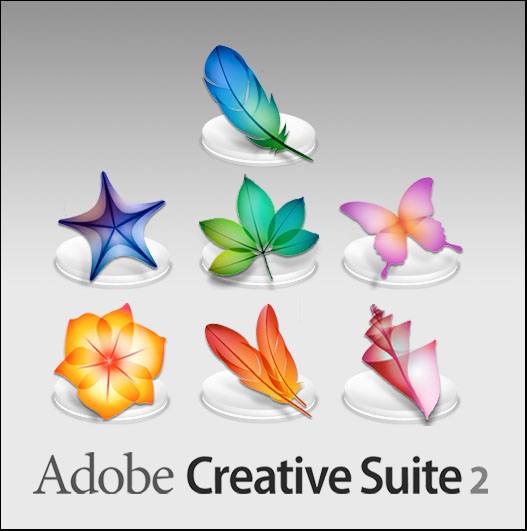

- #Adobe suit for mac hardcopy how to#
- #Adobe suit for mac hardcopy archive#
- #Adobe suit for mac hardcopy software#
#Adobe suit for mac hardcopy archive#
It's almost always best to archive a full gamut (unclipped) master and work on a copy. Just because a particular image is destined for a lower quality publication or limited print process today, that doesn't mean it's not good policy to save a full gamut "undamaged" version for later use. (In one example, this might mean saturation of an image is reduced to suit a restricted colour output media - or perhaps the master file is converted to a small colour space, e.g.

Printing technology is improving in leaps and bounds over time, so it's inadvisable to discard image data. I recommend users to retain the full range of image tone and colour as long as possible in the workflow, this is important to preserve the original capture information. Maybe the answer is a carefully selected larger working space, or maybe a bit of correction is needed before the conversion from "input.icc" to working space. With the right knowledge you can test to avoid the destructive clipping which is often an inevitable part of just converting images into your chosen working space without some pre conversion optimisation.
#Adobe suit for mac hardcopy software#
Once familiar with working using good checking protocols, your own image handling policies can be established and working properly is entirely straightforward.Ĭonsider the choice of working space within imaging software carefully, as an example, selecting Adobe RGB might not be doing you any favours. It's surprisingly easy to get this wrong. has important data been "clipped") and use this method regularly to ensure that scans and capture files are being made correctly - and, when moved between colour spaces, re-saved or edited, that image data stays intact.
#Adobe suit for mac hardcopy how to#
Using software to technically assess images Learn how to use your software tools to judge a file’s basic tonal integrity (i.e.ensure files are not damaged by information loss due to inadvertent workflow issues) Continuity of visual appearance through your workflow's various stages is vitally important as it reduces the need for the potentially destructive editing and re-editing the colour and tone at each step. Of course, if working elsewhere, consider your local equivalent. Set up your other imaging applications, if any, to properly fit into a colour managed workflow - this is necessary to ensure data integrity* and the vital continuity of appearance between your applications. Software settings For European print work Adobe's European Prepress default is a good place to start (within Photoshop's colour settings).Prefer InDesign to Quark since Quark can has been known to make colour management complex and expensive. LIghtroom is a good choice too, especially for those with a lot of images to process as it enables practical batch processing.

Software choice Use Industry Standard software, usually Adobe Photoshop, for your imaging work and select Adobe's colour presets properly to suit your own workflow.More information about that at the end of this webpage. White Point and Luminance targets in calibration software must be carefully selected to suit your "screen viewing" and your "print viewing" environment (important note - those two lighting conditions are not the same, prints need far more light for accurate viewing than is acceptable in an on-screen work area).Ĭomparison to an accurate printed proof, for “ verification”, can be a very useful I feel it's an almost essential, aid to confidence. A very affordable solution which is also supported by basICColor display software is the Spyder5 colorimeter. I am very happy to advise on what equipment suits your needs and budget. At the High end, the basICColor Discus colorimeter is amazing. It is essential to calibrate and profile the “display system” using a good hardware sensor - ideally this would be used with the basICColor Display software. Display system optimisation It's important to set up the screen up accurately so that it displays images in a way that matches the accepted standards for print viewing.Using a good, well calibrated, screen is the only way to really “see” your images truly.įlat panel screens are great now the technology has reached a level of maturity suitable for use in serious imaging work, just be be sure to choose the right manufacturer and model. I'll often suggest an Eizo, as an Eizo reseller, I welcome the opportunity to talk with clients about making this choice sensibly - don't just throw money at the situation, the right advice can save you wasting cash. Equipment Let's start with the most important "tool" you'll ever buy for digital workflow - because it's your window on the digital world I advise you to use a decent quality display screen for your work.


 0 kommentar(er)
0 kommentar(er)
